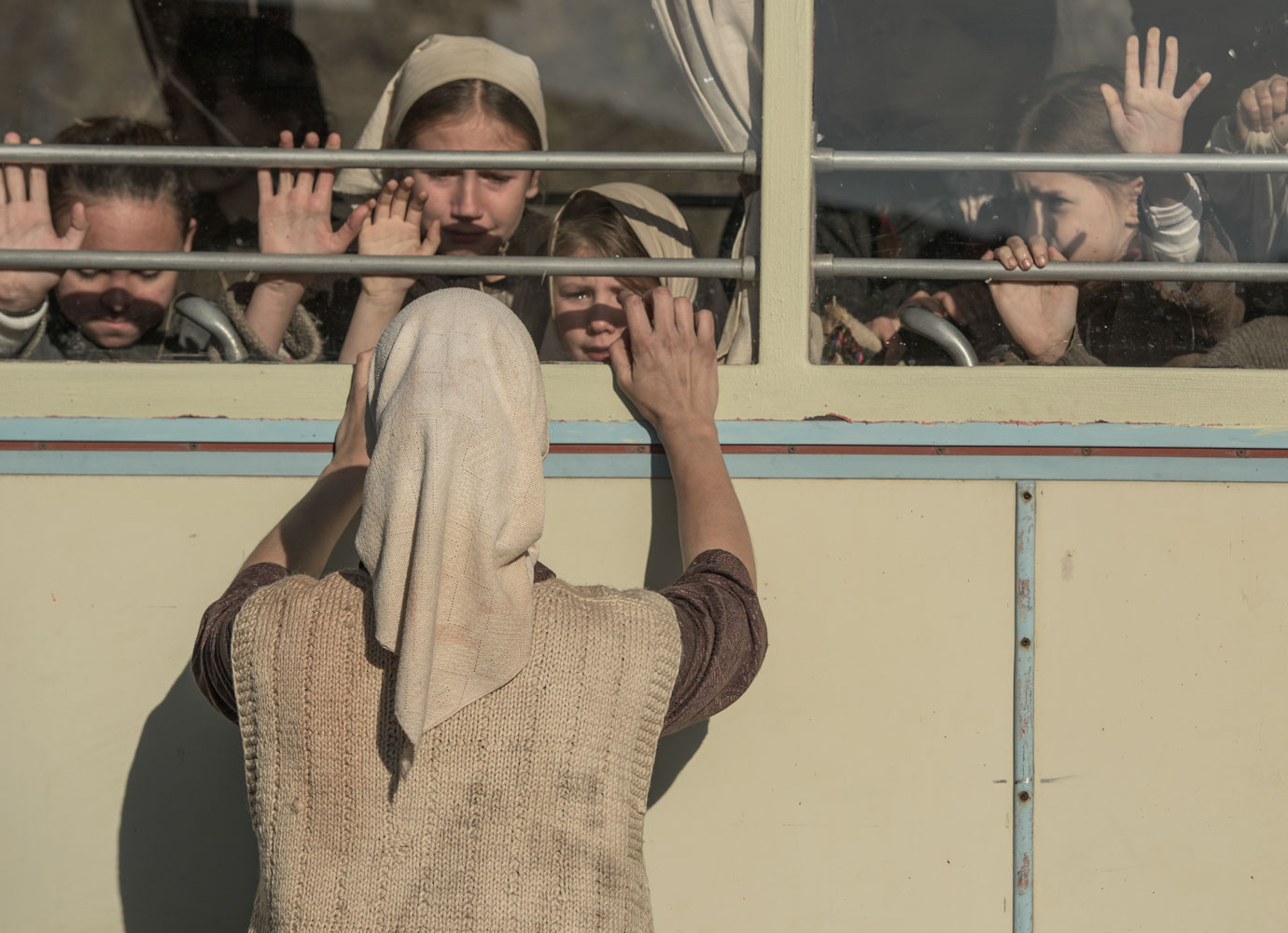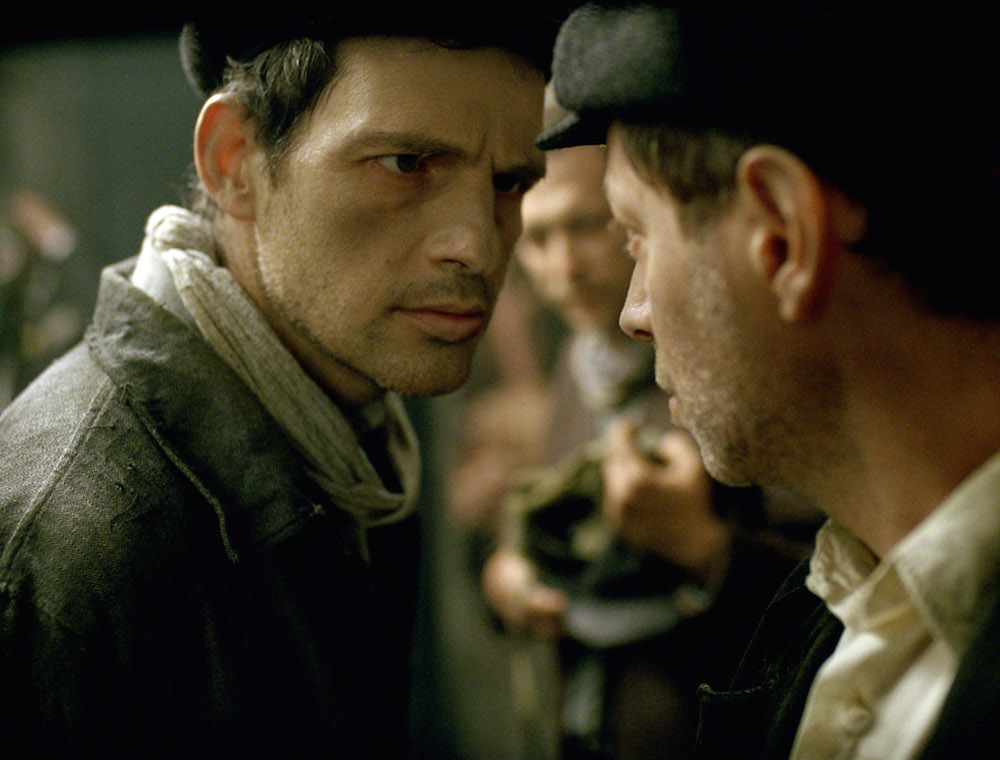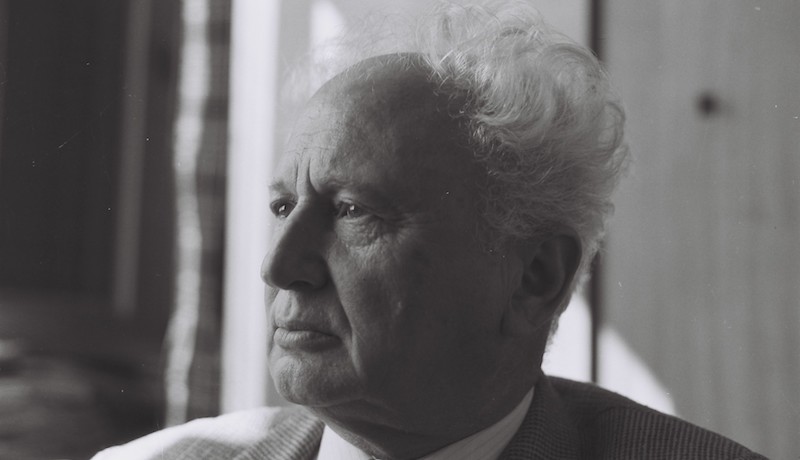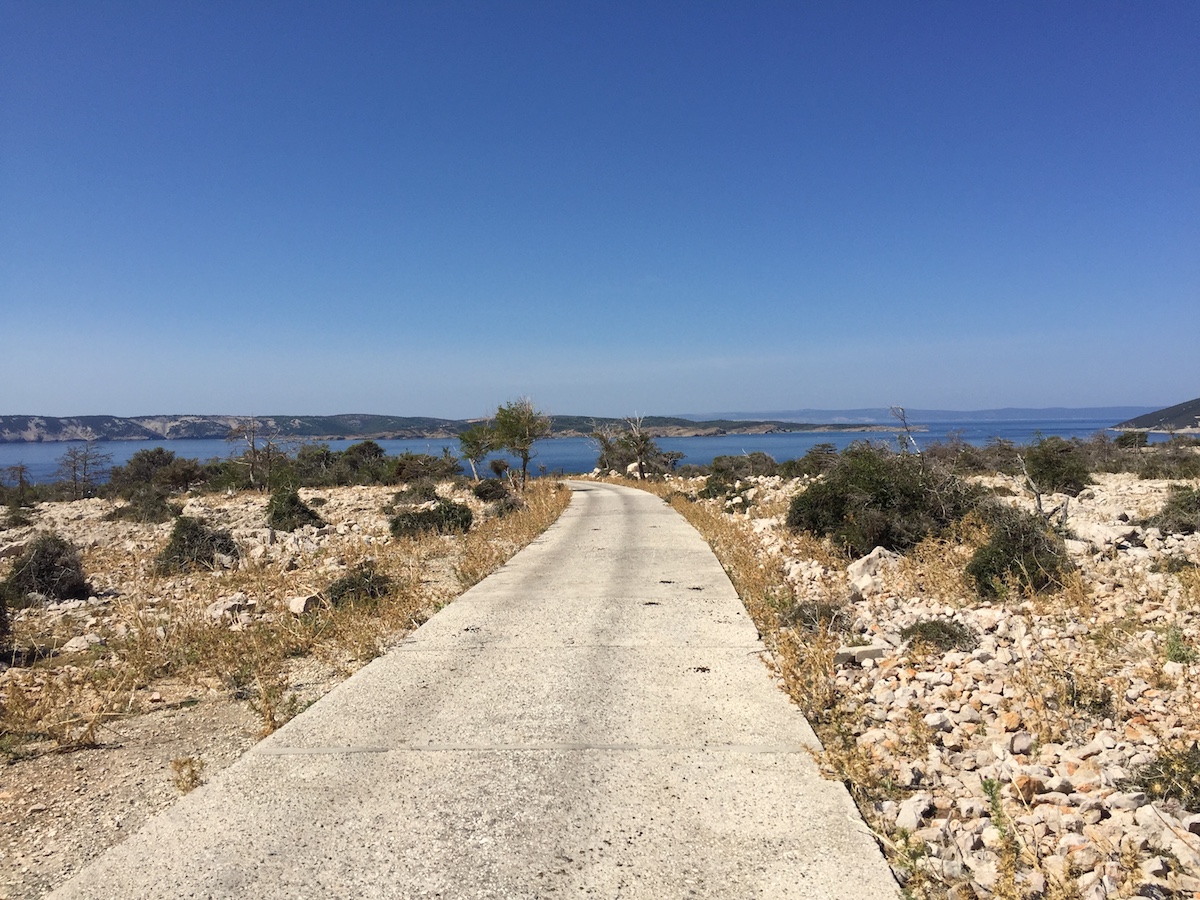Dara of Jasenovac: a genocide film that fails to teach the important lessons on the Holocaust in Yugoslavia

The film nails the horrors of Jasenovac concentration camp with gut-wrenching accuracy but offers little insight into the Holocaust-era, prompting claims it is being used to score political points in a game of victimhood between Serbia and Croatia.
The recent release of Dara of Jasenovac in the US and in its native territory of Serbia has unleashed a storm of controversy — including allegations of nationalist propaganda, genocide denial, and plagiarism.
The film itself, directed by Predrag Antonijević and written by Nataša Drakulić, tells the story of 10-year-old Dara (Biljana Čekić) and her infant brother Bude. Both are ethnic Serbs who are rounded up and made to suffer the horrors of the Jasenovac concentration camp in the short-lived Nazi-puppet state of the Independent State of Croatia (NDH). The camp is led by the Ustaša: an extreme-right political group whose ideology was greatly influenced by Nazism. They hoped to establish an ethnically homogenous Greater Croatian state by using camps such as Jasenovac to genocide ethnic Serbs, Jews, and Roma in the region. As well as being the single largest concentration camp in the Yugoslav region during the Second World War, it was also the only such camp not to be established by the Nazis themselves. Estimates vary on the numbers killed in the camp: the Jasenovac Memorial Area lists 83,145 victims, over half of which were Serbs.
Dara of Jasenovac was released virtually in the US on the 5 February 2021, as part of its campaign as Serbia’s submission for the Oscars Foreign Film race (it did not make the shortlist). In the film’s US press release, a quote from the director Predrag Antonijević on his hopes for the film reads: “We see what’s happening in America. We see what’s happening around the world. We have to remind people about fascism. We have to remind people about mistreatment and looking down on people for differences in their race or their religion.”
Dara of Jasenovac ultimately strikes one, unending note of suffering
The film pays great attention to detail and care when it comes to making sure that the Jasenovac camp and its horrors are accurately depicted. Yet whilst the film’s production design is appropriately grim given the subject matter, its central flaw is that it simply cannot resist tying itself into a pathological self-victimisation that brings with it a distasteful, nationalistic undertow.
The film has been promoted with the phrasing “the first modern film about Jasenovac” — giving the impression that it’s telling a previously untold or taboo story. This ignores a huge swathe of Yugoslav film history. To give just three examples: The Ninth Circle (France Štiglic, 1960), shows its protagonist venture into “the ninth circle” of the concentration camp to rescue his Jewish wife (it was also nominated for Best Foreign Film Oscar at the time); Black Birds (Eduard Galić, 1967), was set explicitly within the Stara Gradiška concentration camp, one of the Jasenovac sub-camps; and Occupation in 26 Pictures (Lordan Zafranović, 1978), details how the Italian occupation of Dubrovnik tears apart a friendship between three Croatian, Italian, and Jewish families. If these films are hard to find today, that speaks more to the sorry state of Yugoslav film accessibility than to their quality.
The backlash against Dara of Jasenovic is far more complicated than this misattribution. Much of the criticism against the film stems from the €2.3m in the film’s budget from the Serbian government, a figure that far outstrips other Serbian film productions. Such backing has only encouraged accusations (by both Western and regional detractors) that the film is being used as propaganda to help fester a sense of victimhood that will justify the Serbian government’s nationalist rhetoric. The country’s authoritarian right-wing, President Aleksandar Vučić, even spoke of his pride in helping fund the film, and of how it depicts the Serbs as “suffering” victims — suggesting that the government sees in the film a marketing opportunity for itself.
The film — which is, yes, violent — has also proven to be highly divisive due to its depictions of unrelenting suffering. Throughout, the film portrays a number of brutally graphic incidents within the camp, many of which are based on eyewitness testimony (as filmmakers are very keen to point out). An early scene sees Dara’s older brother singled out in the crowds whilst being marched towards the train carriages that will take his family to Jasenovac. Her mother attempts to protect him, and both are shot dead by an Ustaša soldier. Serbian children held in a hospital are hidden in a cellar prior to inspection, before a gas canister is lobbed down the stairs and the door shut.
Perhaps the most gruesome of the film’s scenes is a game of musical chairs in which Ustaša camp leaders kill those unfortunate enough to lose the game. The camera lingers on a shot of a man having his throat sliced. A visiting Nazi official hurries away to vomit from the shock, whilst another tells him: “Welcome to the Balkans”.
Whilst no legitimate critic has debated whether these events at Jasenovac really happened, many have highlighted how the film revels in this violence. The issue isn’t that it presents the camp’s most horrifying tales — it is the fact that suffering is all that we see, embedded into every scene.
On the film’s release in the US, Jay Weissberg of Variety wrote that the film “delights” in visualising the sadism, while Linda Marrić at The Jewish Chronicle writes that Dara “often feels needlessly gratuitous in its depictions of some of the most sadistic acts of violence inflicted against men, women and children as though the film takes pleasure in depicting these atrocities in every lurid detail.”
This in turn, has activated a vehement reaction by the filmmakers and by the Serbian government, who have accused the film’s critics of downplaying Ustaša crimes. It’s interesting to learn that the filmmakers in fact toned down some of the horrors of Jasenovac. Prof. Michael Berenbaum, a Holocaust academic who worked as an executive producer on the film and was on hand to ensure historical accuracy, explained: “We tried to base the film on what actually happened, but we diverted from that on a couple of points because the audience probably couldn’t have accepted the reality.” In one example, it was decided that the victims of the musical chairs sequence were to be adults, as the original victims — children — were deemed too alienating for audiences. As with any film based on a true story (or true stories in this case, as many of the camp’s most horrifying tales were combined into a “composite truth”, according to the press release), there is some playing with the facts. “[But] it is not a documentary,” Berenbaum continues. “Consequently, the film can take liberties with facts. But it tries to convey a deeper truth which is the reality, the personification of what happened.”
Yet even if that were the case, beyond the violence itself, the main issue with the film is that it offers no “deeper truth” into the causes for such crimes. It doesn’t help us understand what led to the horrors of the Jasenovac, nor does it tell us how such oppression was structured. Schindler’s List, by comparison — probably the most widely-viewed film about the Holocaust — reveals how the Nazi regime’s obsession with industrialisation also played into the Final Solution, their plan to annihilate the Jewish people. There is, in other words, a direct linkage to the way the Nazi regime saw itself and how that enacted itself in actual actions and policy.
To compare to a regionally-made film, Zafranović’s Occupation in 26 Pictures, one of the best films ever made about the Ustaša in the Second World War, dissects how the ethnicity of its main characters was used by fascists to drive and exacerbate their policies, with some being given sticks and others carrots. The central protagonist, a Croatian aristocrat whose family has been in Dubrovnik for centuries, is initially receptive to the fascist promise that their upper-class status would remain protected, but gradually comes to realise that such a choice would eviscerate their identity. The film makes obvious the role that ethnicity plays in these stories, and the way power dynamics were leveraged by fascist authorities. Such a concept does not exist in Dara of Jasenovac.
Dara of Jasenovac, while remembering the genocide of the past, essentially builds a siege mentality of “us vs. them”. Within the ideological structure of the film itself, there are only two types of characters: victims and perpetrators. There is space within this for some small muddying of the waters — some of the victims are forced to aid the Ustaša, while Dara’s attempts to escape are aided by a Catholic nun stationed at the camp (no nuns were actually stationed in Jasenovac, though they were present at another camp, Jastrebarsko). The victims themselves are almost exclusively Serbs — and their Serbian-ness is front and centre (one character tells Dara to remember her name and where she’s from — with a stress in that line on Serbian nature of Dara’s upbringing).
As an otherwise entirely empty vessel and audience surrogate, Dara the protagonist feels designed to allow Serbian audiences to vicariously re-enact the horrors of Jasenovac through the cinema. It accentuates the modern narrative that underpins nationalist ideologies in Serbia, where Serbs are cast as history’s perpetual victims — seen, for example, in school history textbooks which prioritise Serbian victimhood across both the wars of the 90s, and of the Second World War, where Serbian victimhood trumps over the victimhood of Jews, Roma and anti-fascists in the battle for modern-day political leverage.
There are Roma and Jewish characters within the film, but they are used reductively. Roma prisoners are relegated to musical support during the musical chairs sequence. Two Jewish characters appear, mostly to advise and guide the Serbian characters. The small handful of “good Croatians”, and the appearance of Jewish and Roma characters, feel like a pre-emptive move to deflect criticism, rather than honestly deal with their existence within the story.
On the film’s release in the US, Jay Weissberg of Variety criticised the film’s “unconcealed anti-Croatian, anti-Catholic nativism”, with Robert Abele at the LA Times echoing this by calling it “baldly nativist and manipulative”. In turn, director Predrag Antonijevic filed a lawsuit against Abele claiming his review amounts to genocide denial, whilst the Serbian Minister of the Interior Aleksandar Vulin has also waded into the debate.
The small handful of “good Croatians”, and the appearance of Jewish and Roma characters, feel like a pre-emptive move to deflect criticism, rather than honestly deal with their existence within the story
Adding a whole other layer to the controversy, it’s been revealed that Croatian-born Zafranovic has been trying to get a remarkably similar script made for years, from an unfilmed screenplay, titled Children of Kozara, written by the late author Arsen Diklić in 1986. After Dara’s premiere on Serbian TV on 20 February, Serbian playwright Biljana Srbljanović claimed in a Facebook post that Dara of Jasenovac was plagiarised. Zafranović has himself hired lawyers to look into the plagiarism accusations. He has also claimed that he applied for funding for Children of Kozara from the Filmski Centar Srbije but was rejected, during which time Antonijević was the President of the commission at the Filmski Centar. Antonijević and Dara’s producer Maksa Ćatović have published a response, refuting the allegations and stating that Zafranović has already been sued in June of last year for slander.
Dara of Jasenovac ultimately strikes one, unending note of suffering, with no real understanding of the conflict beyond the basic fact that Serbs were targeted, oppressed and killed by Croatian Ustaša during the Second World War, with not a single idea of how that murder was structured or conceptualised. The tragedy of Jasenovac is now being used as a political football in the ongoing game of Oppression Olympics between Serbia and Croatia, with both countries trying to out-do each other in regards to who has suffered a greater amount of injustice throughout history. It is possible to make respectful films about genocide and violence, even in very recent history, as Jasmila Žbanić’s excellent Quo Vadis, Aida?, a striking drama on the 1995 Srebrenica massacre, proves. Yet without filmmaking that is capable of separating itself from the cheap divisiveness of modern Balkan politics, there is no chance of honestly dealing with these stories. Perhaps worst of all is that amidst all of this, the stories of victims go unheard. The poor quality of Dara as a film, combined with the furious politicised response to any criticism of it in Serbia, only serves to cheapen the memory of the victims of the Ustaša regime.


